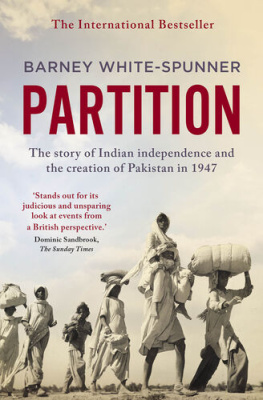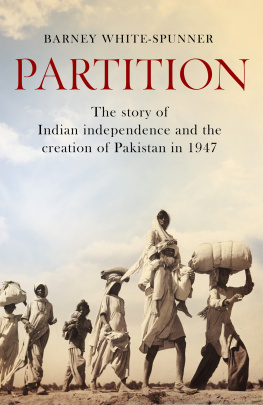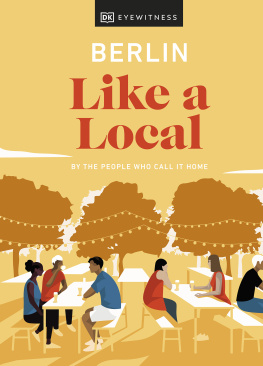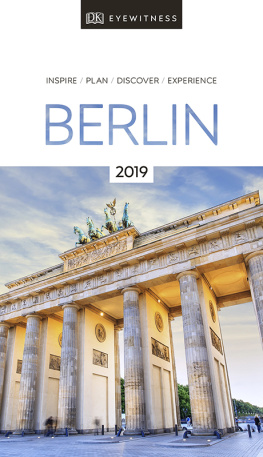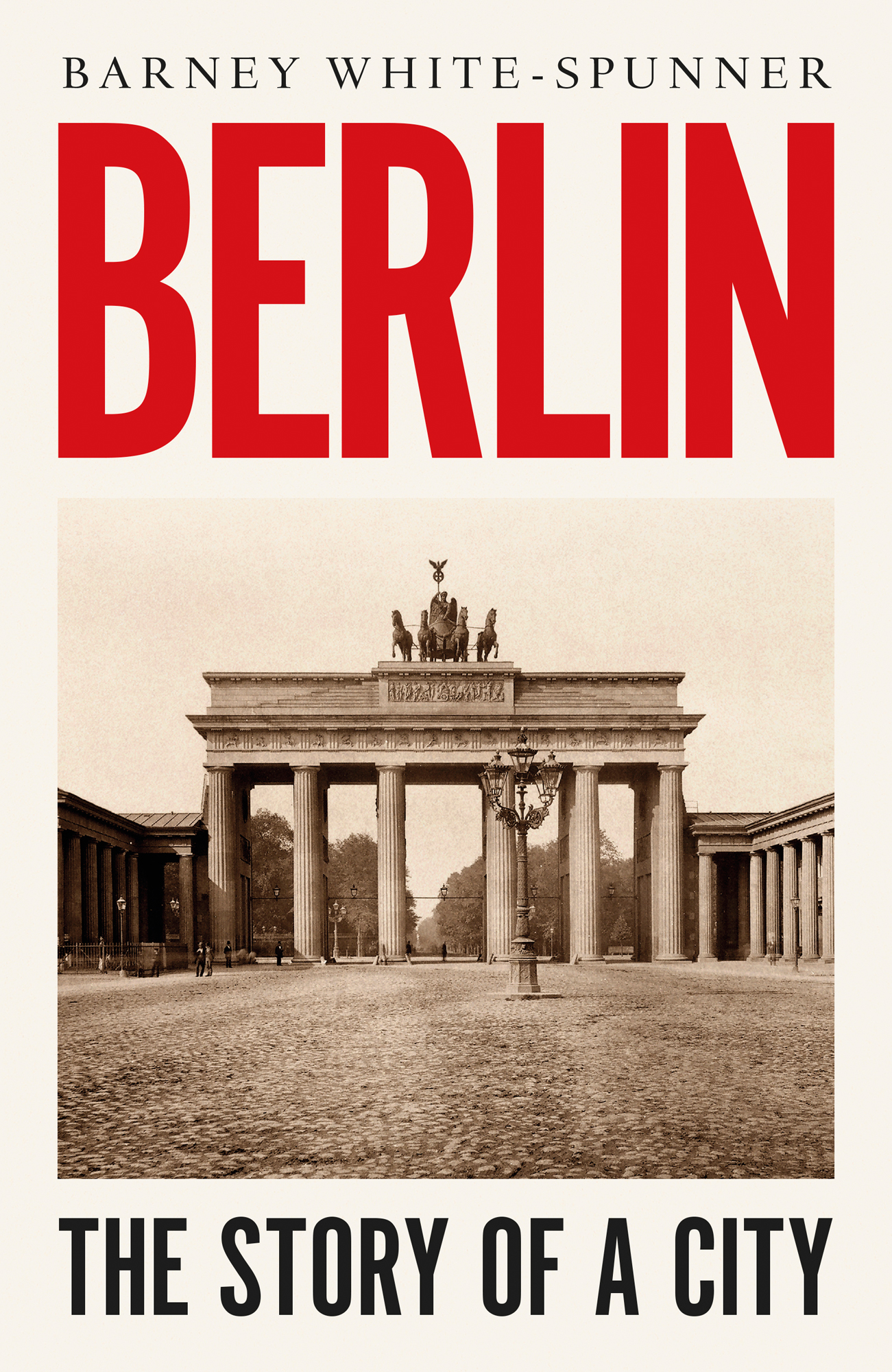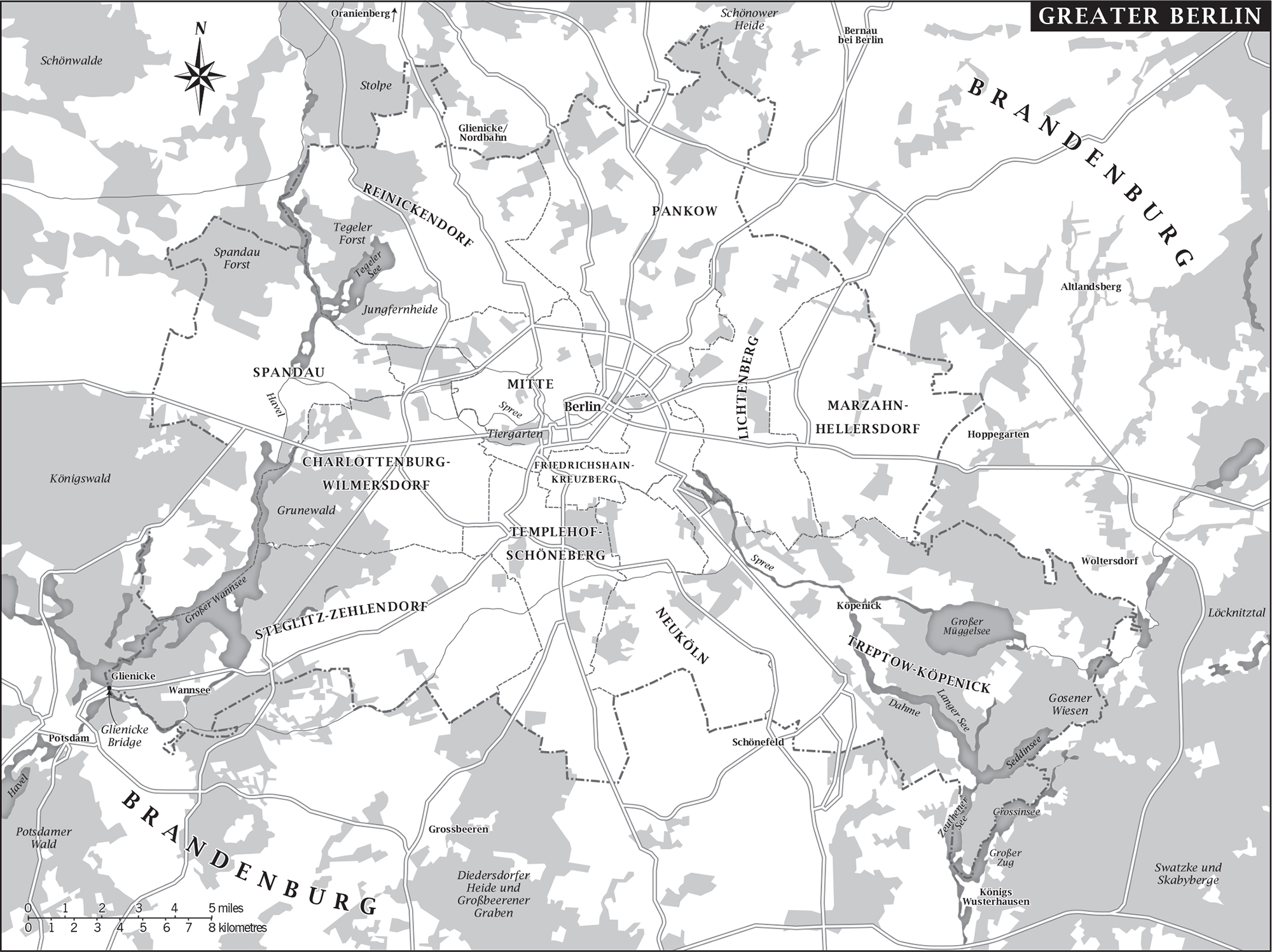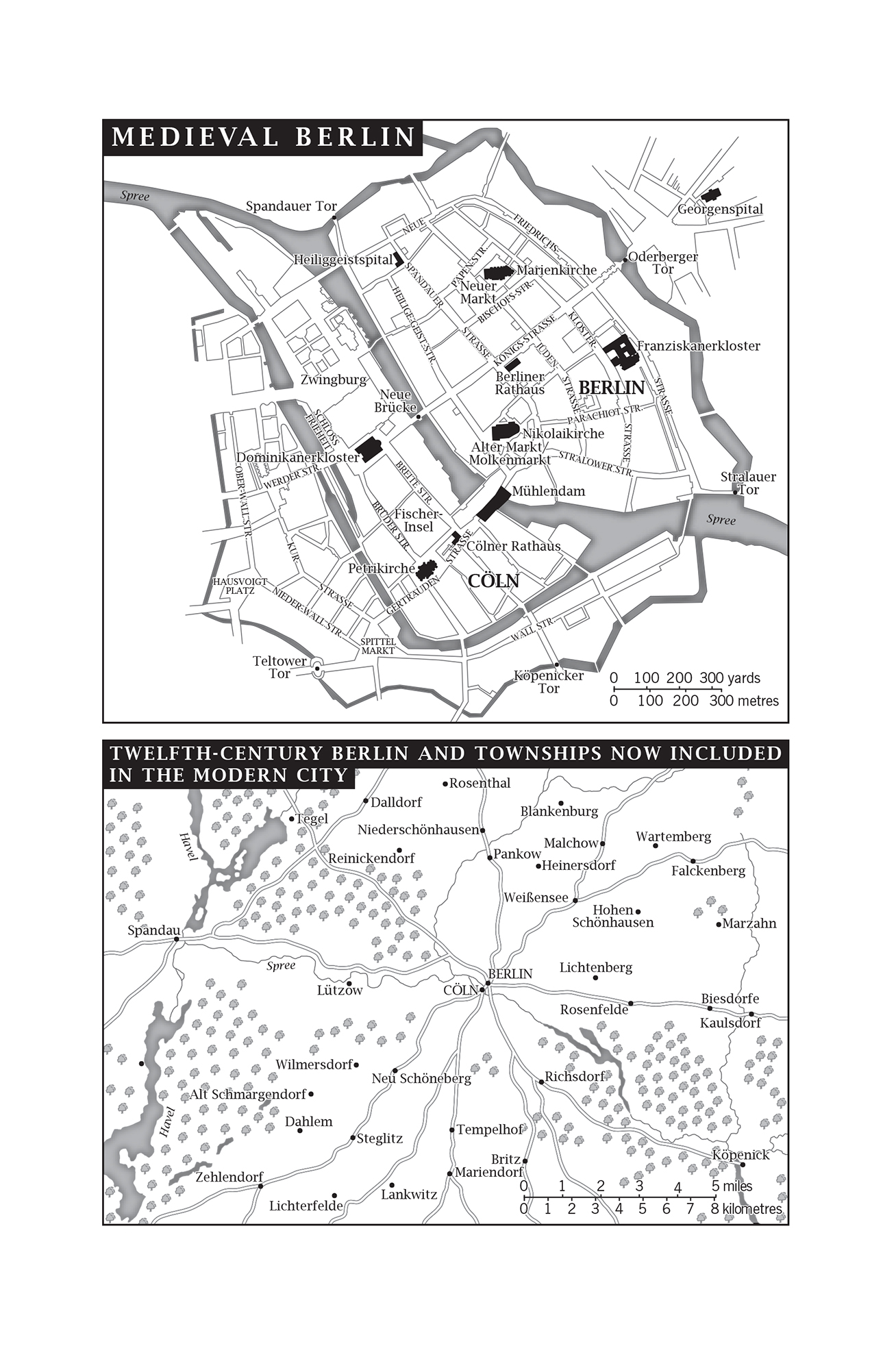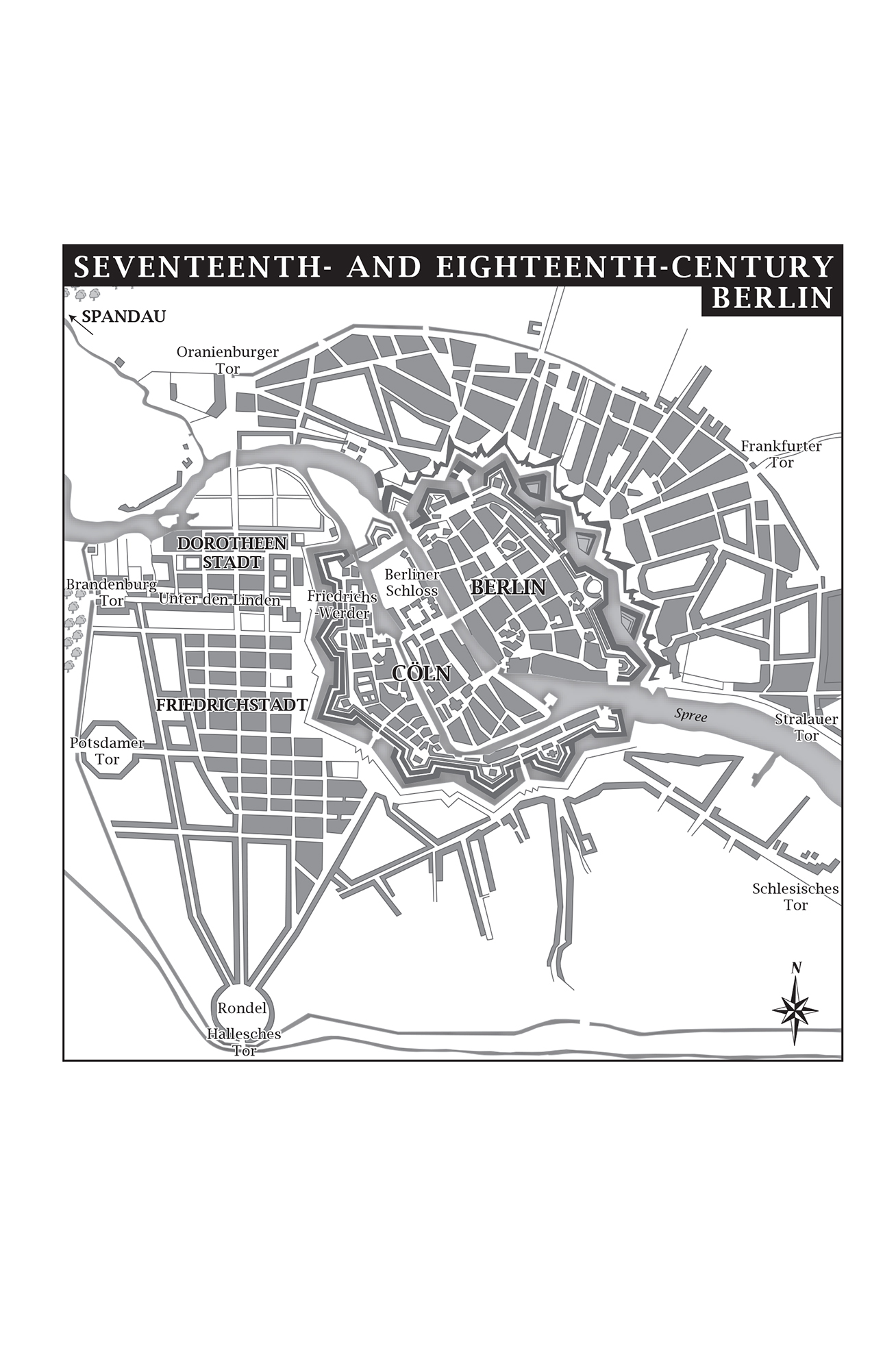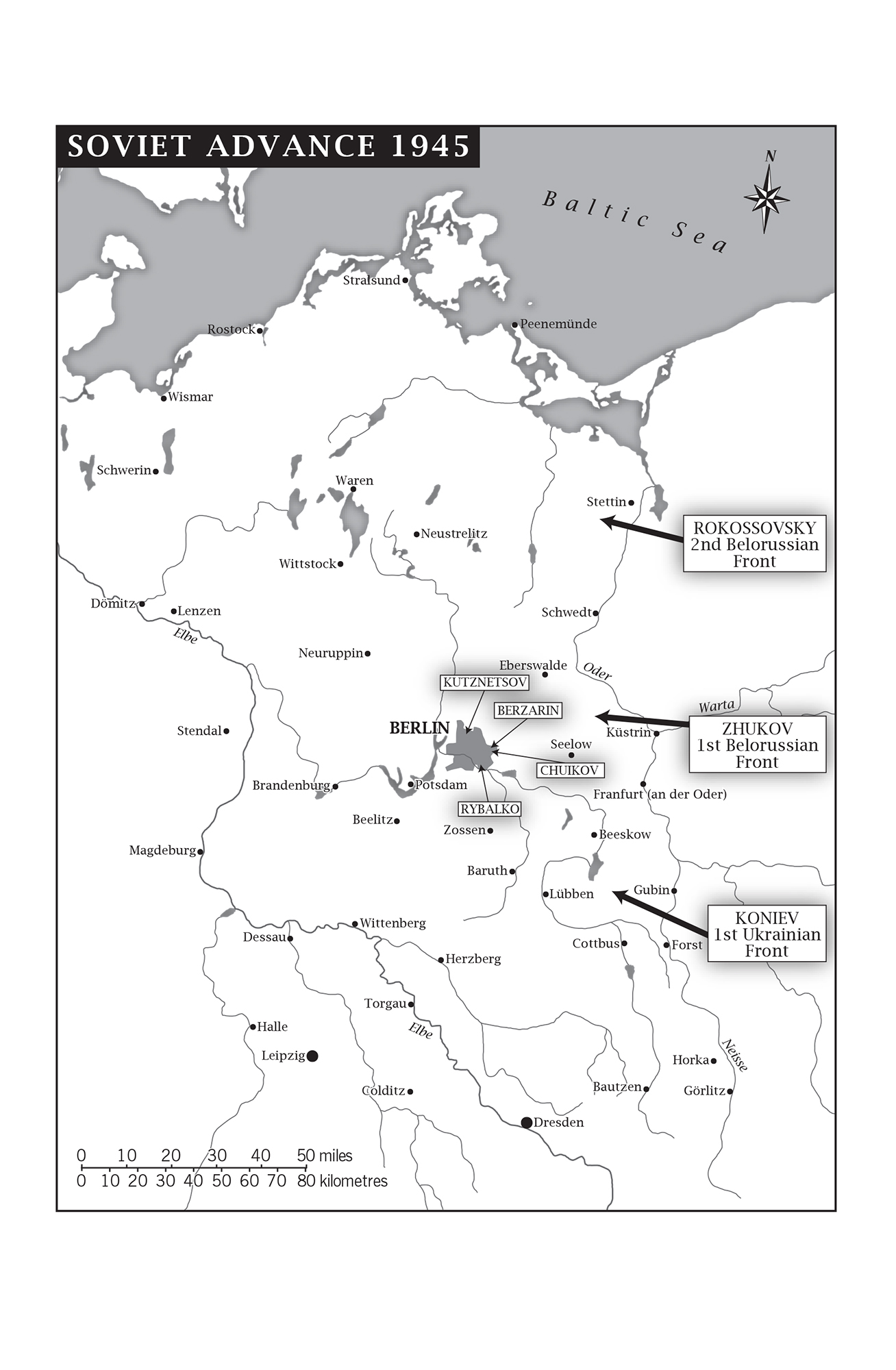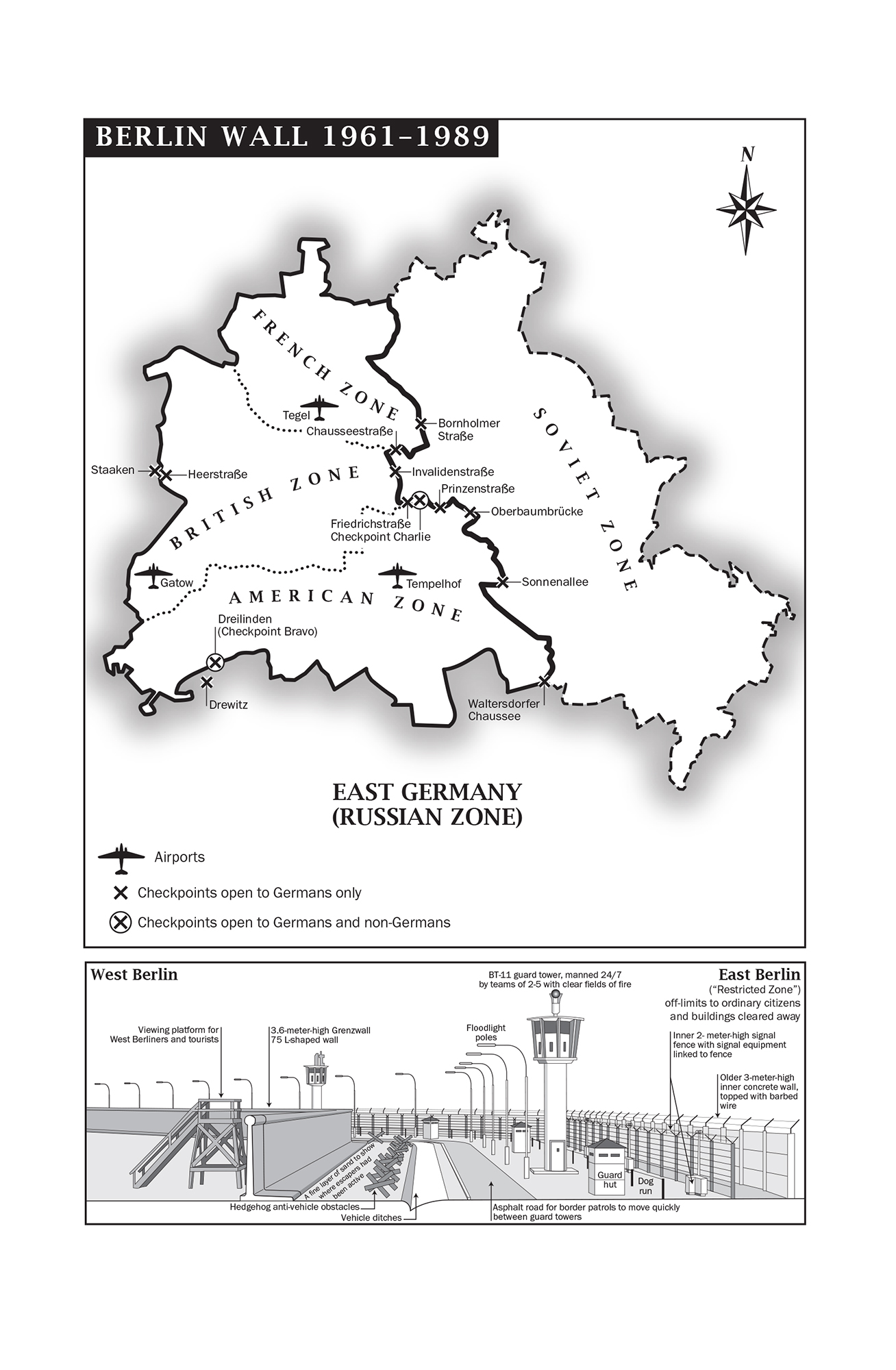Table of Contents
Also by Barney White-Spunner
Horse Guards
Of Living Valour
Partition
First published in Great Britain by Simon & Schuster UK Ltd, 2020
Copyright Barney White-Spunner, 2020
The right of Barney White-Spunner to be identified as the author of this work has been asserted by him in accordance with the Copyright, Designs and Patents Act, 1988.
Simon & Schuster UK Ltd
1st Floor
222 Grays Inn Road
London WC1X 8HB
www.simonandschuster.co.uk
www.simonandschuster.com.au
www.simonandschuster.co.in
Simon & Schuster Australia, Sydney
Simon & Schuster India, New Delhi
The author and publishers have made all reasonable efforts to contact copyright-holders for permission, and apologise for any omissions or errors in the form of credits given. Corrections may be made to future printings.
Design by Craig Fraser, S&S Art Dept.
Cover images ullstein bild / Getty Images (front) and Stefan Jaitner / dpa / Alamy Live News (back)
A CIP catalogue record for this book is available from the British Library
Hardback ISBN : 978-1-4711-8153-5
Trade Paperback ISBN : 978-1-4711-8154-2
eBook ISBN : 978-1-4711-8155-9
In memory of Michael Sissons mentor, inspiration and friend
L IST OF M APS AND I LLUSTRATIONS
All maps and artwork ML Design
: Hohenzollern Family Tree
: Germany
: Greater Berlin
: Berlin
: Medieval Berlin and Twelfth-Century Berlin
: Seventeenth- and Eighteenth-Century Berlin
: Soviet Advance, 1945
: Berlin Wall, 19611989
N OTES ON THE T EXT
Names. My approach to names has been to make them as approachable as possible to an English-speaking readership. Consequently, I have generally used the English version of the Hohenzollerns names, hence The Great Elector instead of the correct German Groe Kurfrst, Frederick the Great (or just Frederick) for Friedrich II, and William II for Kaiser Wilhelm II. Other names I have mostly left in their German form and I have tried, where possible, to give peoples full name as the Germans so correctly do. Place names have similarly nearly all been left in German but there are again exceptions where it makes the text easier to understand. So, for example, I use Saxony rather than Sachsen, Silesia as opposed to Schlesien.
For those unfamiliar with German, the letter , called an Eszett, is sometimes confusing. It replicates a double s but is only used where the preceding vowel sound is long, as in Strae, or a diphthong, as in Schulthei. If the preceding vowel is short then ss is used, as in Schloss. It is muddling, and there are, as always, exceptions that dont follow the rule, but if you read each simply as an English s then you will not go far wrong.
Currency. The various different currencies that Berlin has used over its life are also confusing, and converting them into sensible modern equivalents is challenging. This is a simplified guide, as to cover all the various ramifications would only serve to confuse further and is unnecessary to enjoy this story.
Prior to 1566 a wide variety of European currencies were in use across the Holy Roman Empire. Berlins permission to mint its own coinage in 1396 was a major step in the development of its economy, but Imperial groschen and guilders remained the preferred coinage across North Germany over Berlin pfennig, or pennies. From 1566 the Hapsburgs minted Imperial Reichsthalers and the thaler became the accepted North Germany currency until 1750 when Frederick the Great, desperate for funds to fight his wars and unwilling to be slave to Austrian currency, issued Prussias own Reichsthaler. Thalers were divided into 24 groschen (later 30) and each groschen was worth 12 pfennig; its easiest to think of them as pounds, shillings and pence, and the terms schilling and groschen were often used together. I have tried to calculate rough equivalent modern values at various points in the text.
Reichsthalers lasted, in various forms, until the creation of Germany in 1871. In 1873 German Imperial Reichsmarks were issued, usually just called marks. These were in use until the great inflation of the early 1920s when they were supplemented, but not actually replaced, by the Rentenmark, the currency that is credited with restoring some confidence in the economy. Its initial valuation was 1 billion Reichsmarks and it was decimal, being divided into 100 pfennig. Both currencies were written as RM and remained until after the Second World War. The Allied Powers briefly issued a temporary currency post-war but in June 1948 the new Deutschmark, written as DM, was first issued, one of the factors that caused Stalin to seal off Berlin and which led to the Berlin Airlift. There were, again, 100 pfennig to one Deutschmark. East Germany issued its own marks in retaliation, usually referred to as Ostmarks. After reunification in 1989 Germany used the Deutschmark until 1 January 1999 when it went over to the Euro. Older Berliners would still refer to a 10-pfennig coin as a groschen, although that is now dying out with the Euro.
P ROLOGUE
Berlin is home to such an audacious set of men that you have to be a tough customer and a little rough around the edges now and then just to keep your head above water
JOHANN WOLFGANG VON GOETHE , 1823
Berliners started knocking down the Berlin Wall, block by block, on 9 November 1989. That monstrous barrier of concrete and barbed wire, with its watchtowers, death strips, machine guns and officious border guards, which had divided both Berlin and Europe for twenty-eight years, was demolished over the following weeks so that nothing remained apart from small sections preserved as a reminder of what had once been and the suffering it had caused. Reunification of East Germany the German Democratic Republic, or GDR and West Germany the Federal Republic of Germany, the FRG followed just under a year later. Surely, many assumed, the reunited country would logically decide to restore Berlin as its capital? Berlin was the natural Hauptstadt, the capital of Prussia and of Germany in that brief period between 1870 and 1945 when Germany was a united nation. The kaisers had ruled from the Berliner Schloss, the Reichstag was in Berlin and so much of the history of what made Germany was surely in Berlins streets, its institutions, its museums and in its people? But many disagreed.

